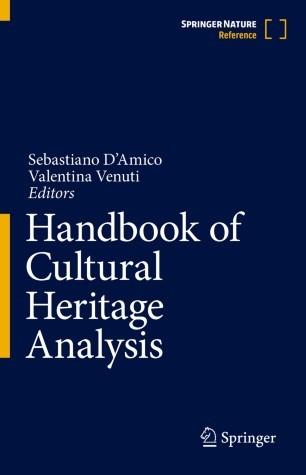
JRC scientist in collaboration with a Professor of Delft University of Technology is the author of the chapter on “Neutron Resonance Analysis for Archaeological and Cultural Heritage Applications” of the Handbook of Cultural Heritage Analysis. The chapter is based on non-destructive analysis methods (NRCA, neutron resonance capture analysis, and NRTA, neutron transmission analysis) that have been developed at the JRC and Delft University to study objects and artefacts of archaeological and cultural heritage interest.
Objective
The main objective of this project was to develop a set of complementary non-destructive analysis methods to investigate objects of high cultural-heritage significance selected as a result of broad-scope archaeological research.
The use of NRCA and NRTA to study objects of interest for cultural heritage offers several advantages compared to other techniques:
- they are not invasive,
- they do not require any sample taking,
- and do not result in any residual radioactivity compared to other neutron interrogation techniques.
The techniques are of interest to a broad field of applications ranging from objects of interest for cultural heritage to the investigation of spent nuclear fuel pellets. The development of these techniques is a spin-off of the main nuclear data activities carried out at the GELINA facility of JRC Geel.
Outcome
The specific chapter in the handbook is mainly of interest for scientists working in the field of archaeology or cultural heritage. However, the technique can also be applied to characterise complex nuclear material such as spent nuclear fuel pellets. One of these techniques is at present used by the “Commissariat à l’énergie atomique et aux énergies alternatives” (CEA, France) to characterise nuclear materials and validate nuclear data in the resonance region.
Sources
Details
- Publication date
- 9 March 2022

